| Fast Load Version |  S P E C I A L T R A V E
L R E P O R T S P E C I A L T R A V E
L R E P O R T |
|
Jump All photos by the author. |
The Affordable dSLR Winner Page 1 of 4 Page 2 Page 3 Page 4 It's not like hints haven't been dropping throughout this article with clues on every page. If there is a big winner this year, it's the person reading these words off the computer screen. Tag. You're it. The evolution of digital photography has just made you the Big Winner. While the evolution of personal digital photography started with one-megapixel cameras in the spring of 1999, those cameras looked through live image chips the way a video camera sees the world for its operator. Although great efforts have gone into causing these cameras to convert from live viewing to clear still image capturing quickly, every digital Single Lens Reflex benefits from never requiring a live electronic viewfinding image. The image chip can be ready to intercept your favorite photons even before your finger is ready to press the button. 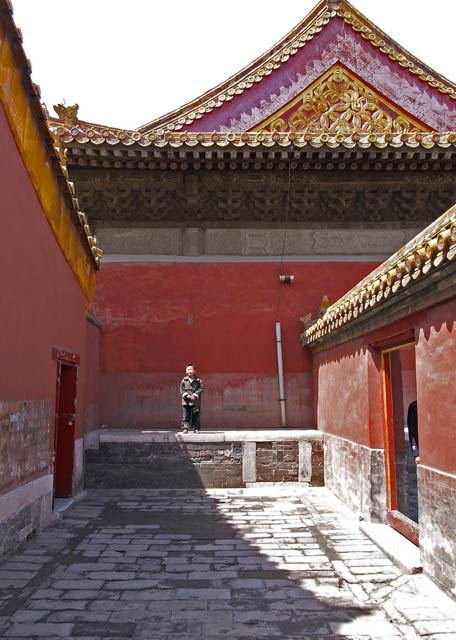 The Last Emperor. Olympus E-1. Last summer the largest practical pixel count was 2592 x 1944 from affordable compact digital cameras. Images from 5M image chips looked very fine, indeed, having passed the threshold of "above photographic realism" which has long been arbitrarily pegged at "300 dpi" by some. I feel a digression coming on...
The reason for these last three paragraphs comes on the heels of the central question, "What makes a photograph photographic?" And with 5M images last summer, even the oldest, least flexible critics had to admit that 2560 camera pixels spread out over ten or fifteen inches of print looked mighty darn photographic. Just as the old myth was being measured for its coffin, the air heated up. Canon dropped the mega-bomb. Shock and Awe had begun all over again.  Shanghai crossing. Canon 300D. Sigma 28-200. It's not that the Canon Digital Rebel (EOS 300D or Kiss Digital to you, depending on where your computer screen is located in the world) was such a stunning achievement. After all, it borrowed heavily from their 10D camera which had been around at a very affordable price for a while, and Nikon had been delivering their D100 for months, too. 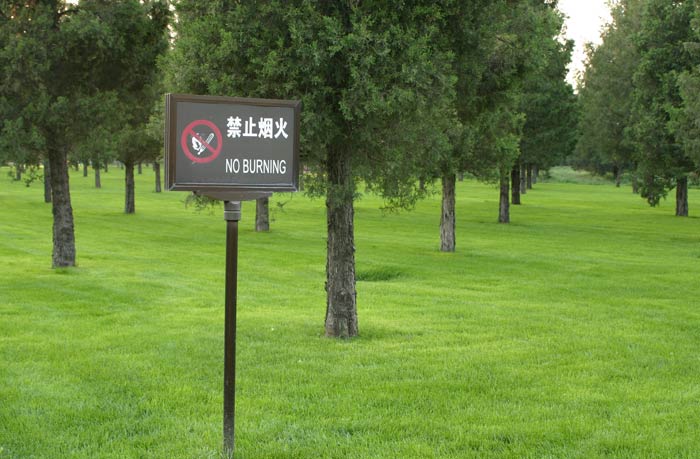 A reminder. Canon 300D. Canon Kit Lens. Both of those cameras shoot pictures approximately the same size and detail as the DR, and professional photographers look upon them as nice, decently-priced workhorses that anchor their ability to make money by providing images at acceptable commercial sizes. Meaning that they transcend 35mm photography in so many ways that the questions of digital image suitability are pretty much dead.  Russian hydrofoil ships asleep. Canon 300D. Sigma 28-200mm Zoom. 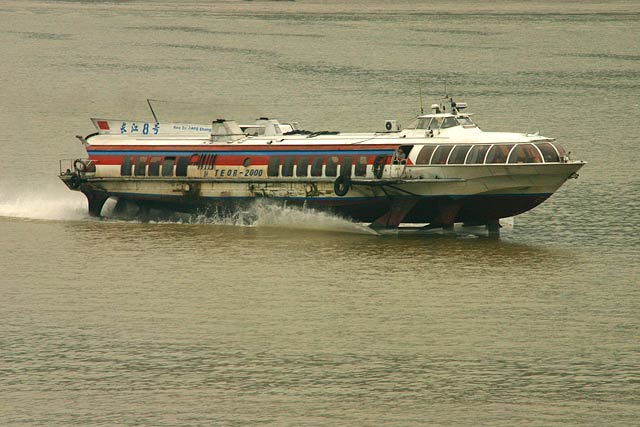 Russian hydrofoil ship awake. Canon 300D / Sigma zoom at 200mm. The Kilobuck Stops Here Where Canon's stroke gave hundreds of thousands of photographers a big smile was the price to performance equation. A thousand dollars isn't chicken feed, but it is the target price that all of the top quality compact digital cameras had been--and continue to be--following since Day One of the Digital Photography Revolution. 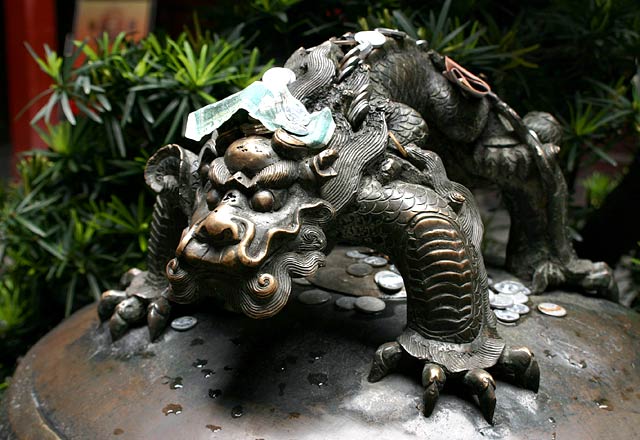 Temple Dragon collecting offerings in Shanghai. Canon 300D. Sigma at 28mm.  Temple offerings of incense. Canon 300D / Sigma tele zoom. For instance, the Nikon CP900/950/990/995/5000/5700 and now 8700 all target this magic price point as have the top Fuji, Minolta, Canon and Olympus models over the last several years. And these are cameras that fall into the "compact digital" realm, a category that has enjoyed freedom from competition from interchangeable lens dSLRs in the past. That's all changed now. From this point on you will have do distinguish two parallel streams of cameras, all in one compacts versus dSLRs at the same price point. One thousand dollars is a universally recognized threshold, and Canon broke it first with a dSLR that included a lens. If the camera had somehow been a dog with easy to fail features and lousy optics, the entire industry would have suffered. But it wasn't. The inevitable corners that had been cut to produce it inexpensively were sound choices. It's plastic on the exterior surface and metal where dimensional rigidity is needed. No dents, but if you whack it hard enough, it might crack. Of course that same whack would have dented the 10D.
All rights reserved. Do not reprint. Do not link to images. Reprinting except for newsworthy mention and brief quotes are by permission only |
 Break
Thorough!
Break
Thorough!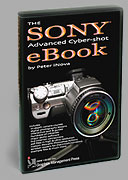
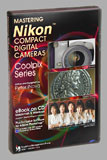 Get
the eBooks
Get
the eBooks